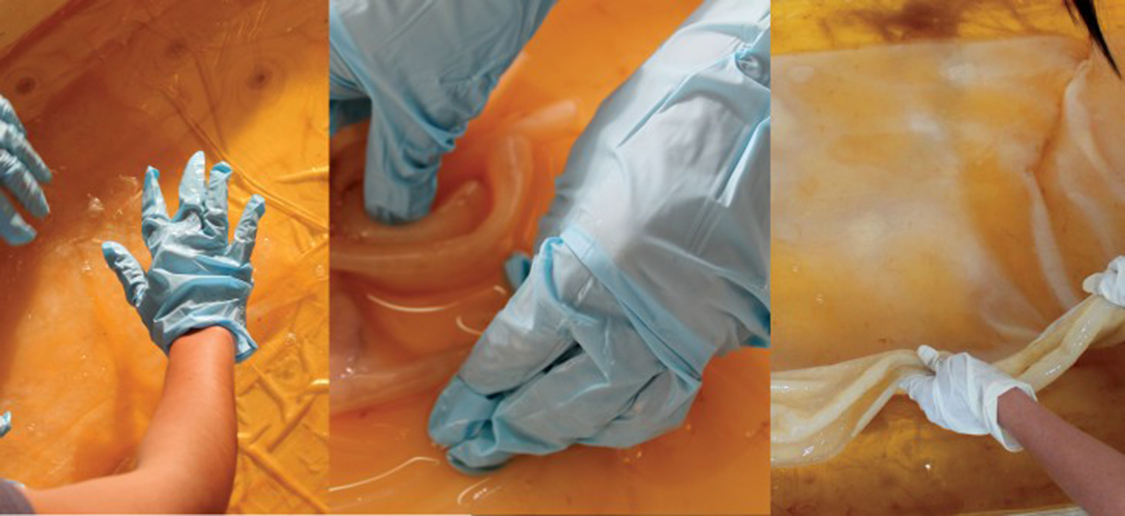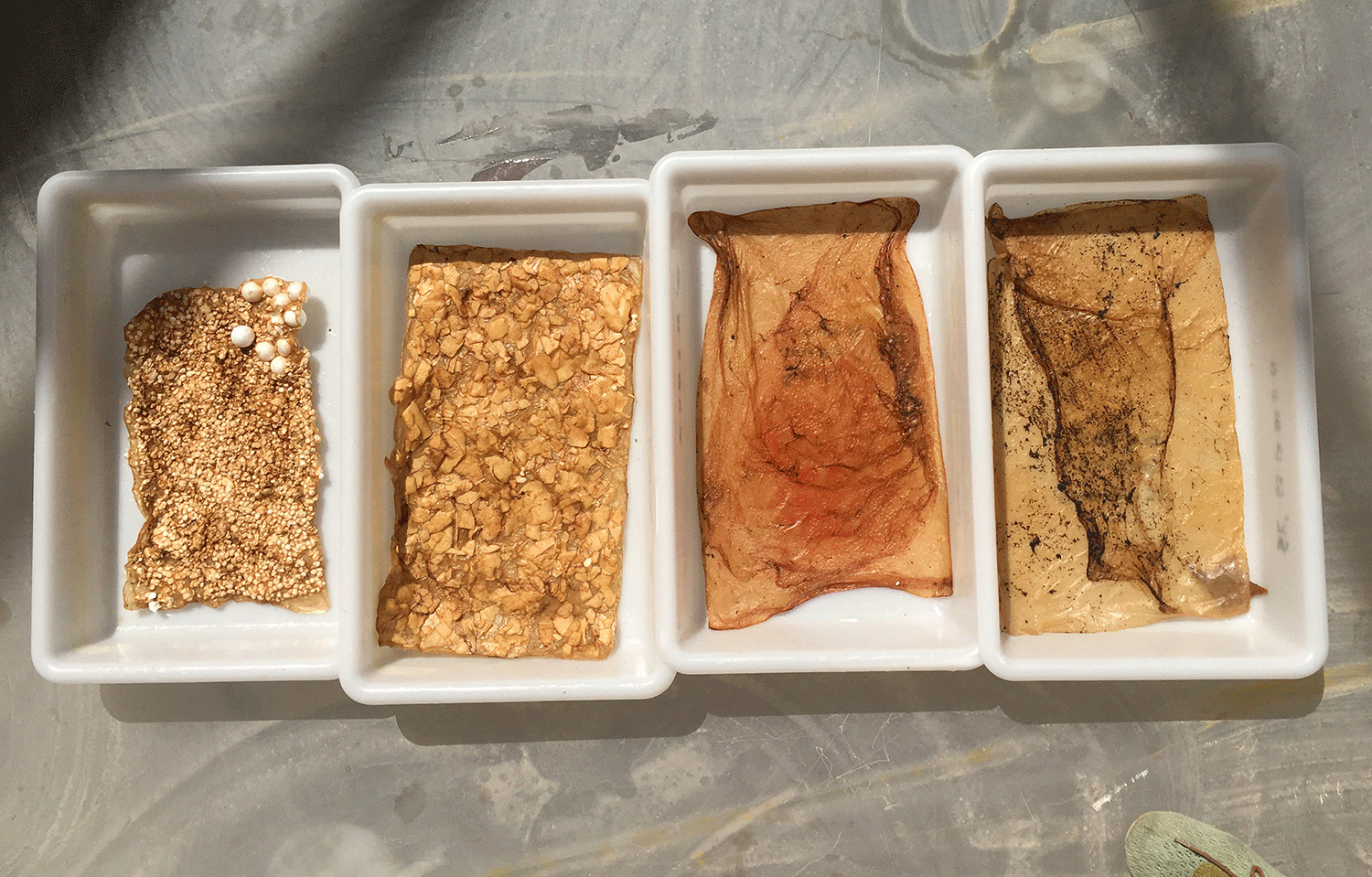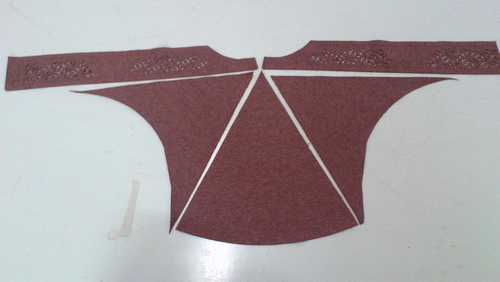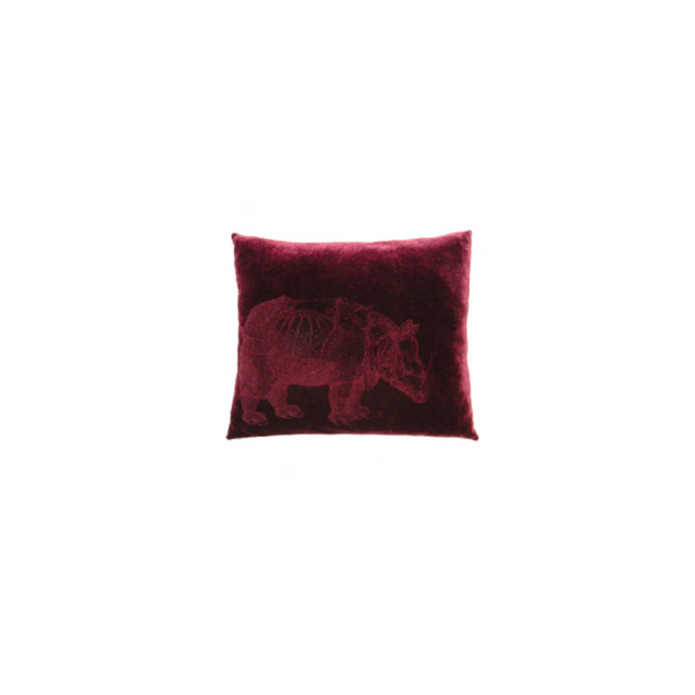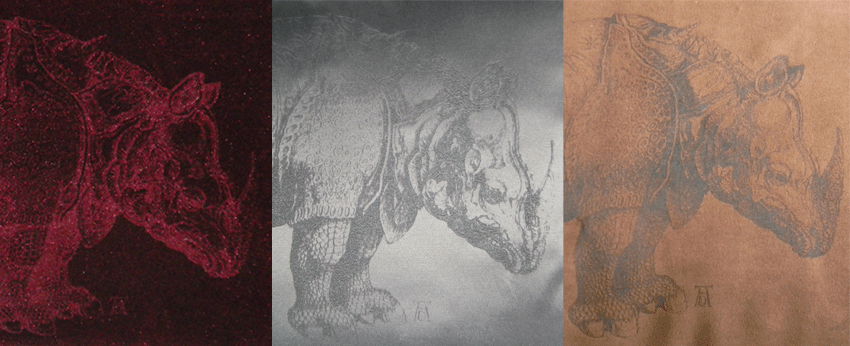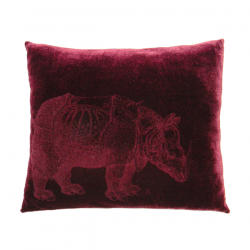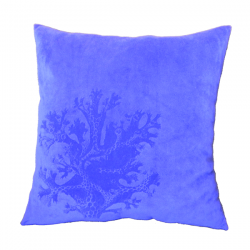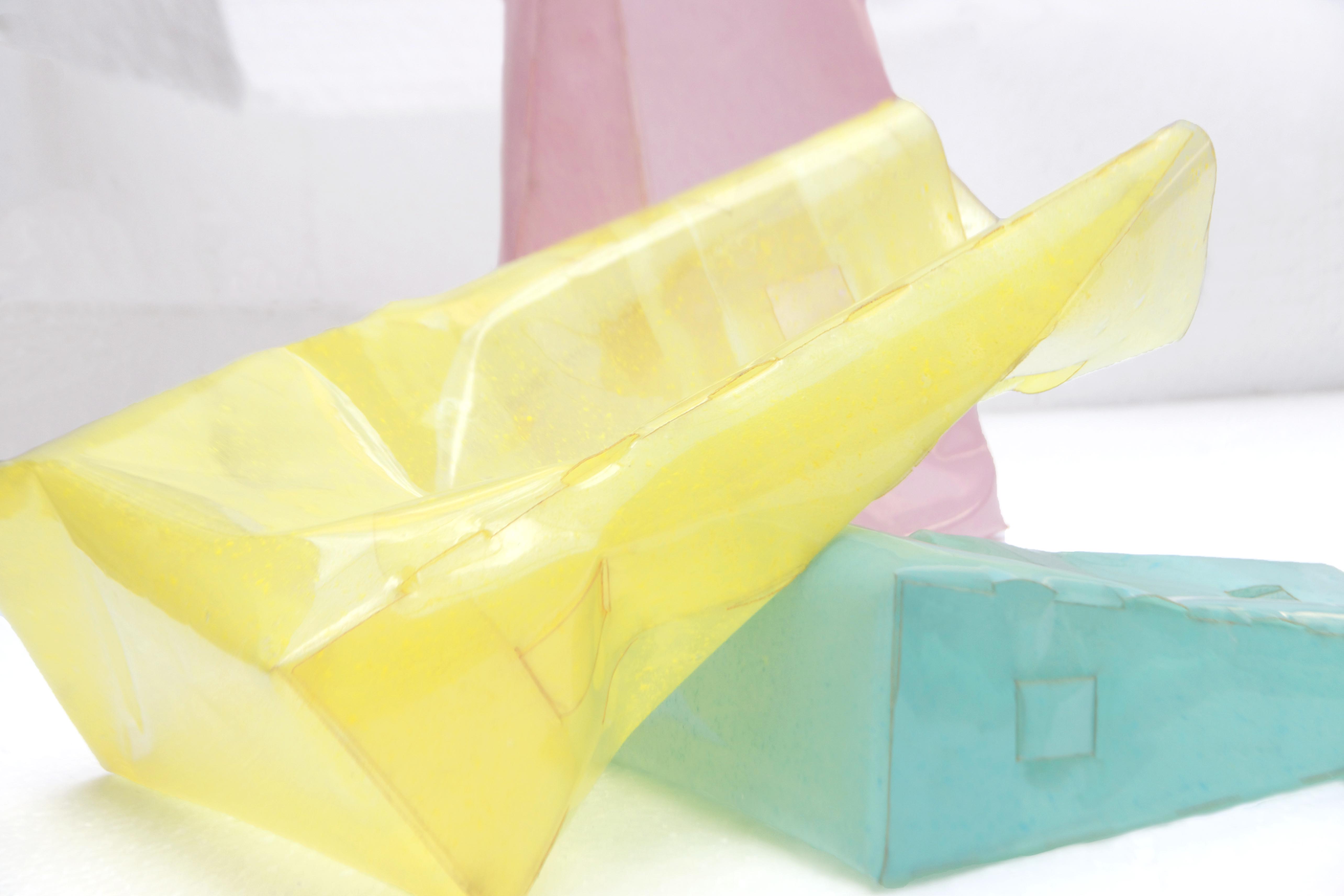
This BioBags collection, created by Clara Davis as part of her training internship at the lab. It is an environmental project about how to replace plastic bags and daily life packaging with biodegradable materials. A plastic bag takes about 450 years to disintegrate in nature. Those three BioBags, made with gelatin base bioplastic are completely biodegradable. It takes about one week to dissolve completely in the water. This project comes as a research outcome of Biomaterial practices at FabTextiles at Fab Lab Barcelona.
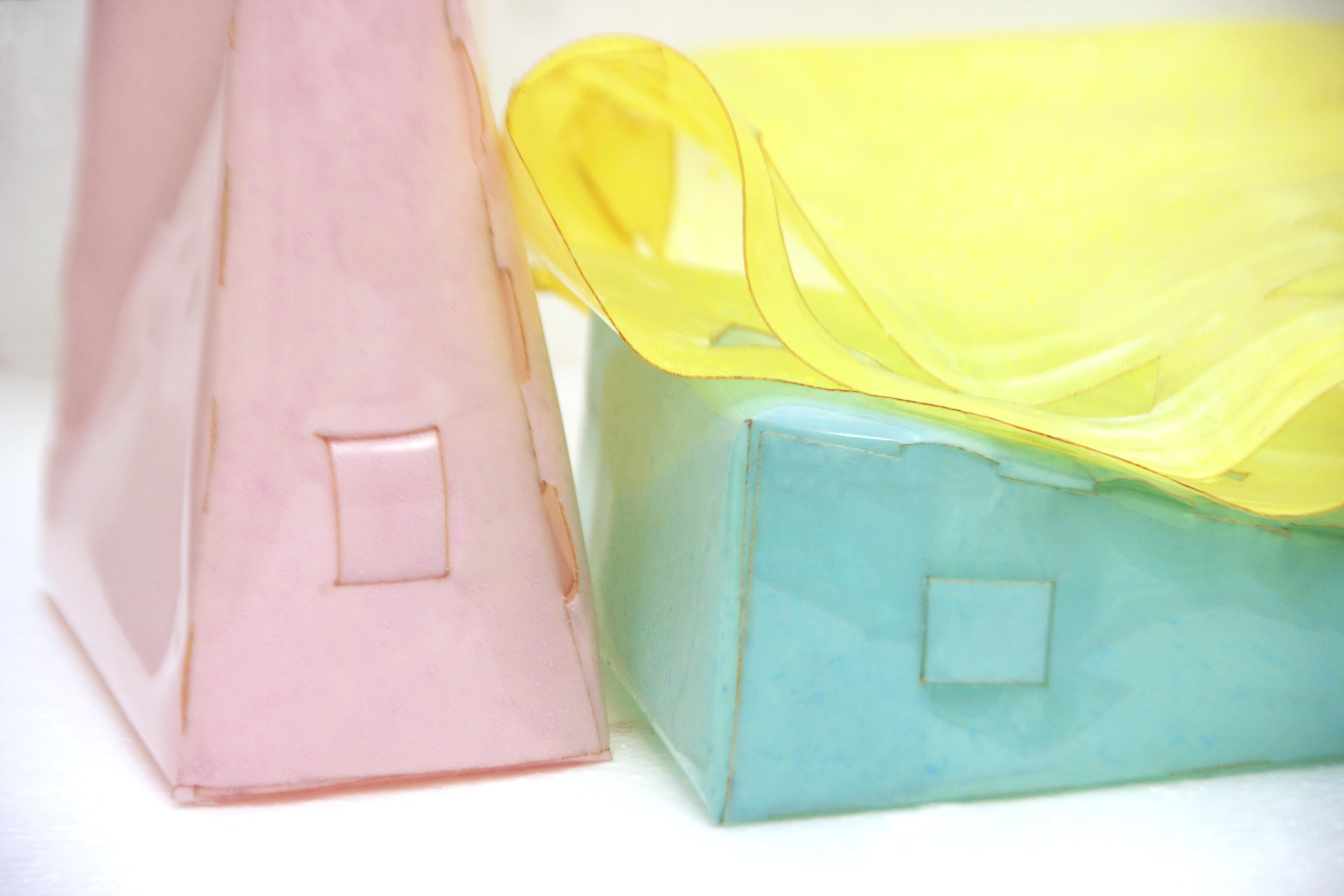
Gelatin base bioplastic is a recipe with 100% natural ingredients : 78% of water, 16% of gelatin and 6% of glycerol. With this recipe you can cook a strong material. The difference between gelatin bioplastic and petroleum plastic is that bioplastic is not long-term resistant to heat (more than 40°) and water (more than one week). That’s why it’s so easy to recycle it.

For now the problem is still the price of creation, too high to considerate the BioBags collection just like simple packaging. It’s costing approximately 80 euros to create one BioBag : price of material, design, machine and time of work. You should know that gelatin base bioplastic takes about one week to dry. A long cooking process before starting to laser cut the BioBag.
The BioBag collection stay at the moment a project between Art & Design but with financial investment we can easily imagine a biodegradable industry coming in a near future.

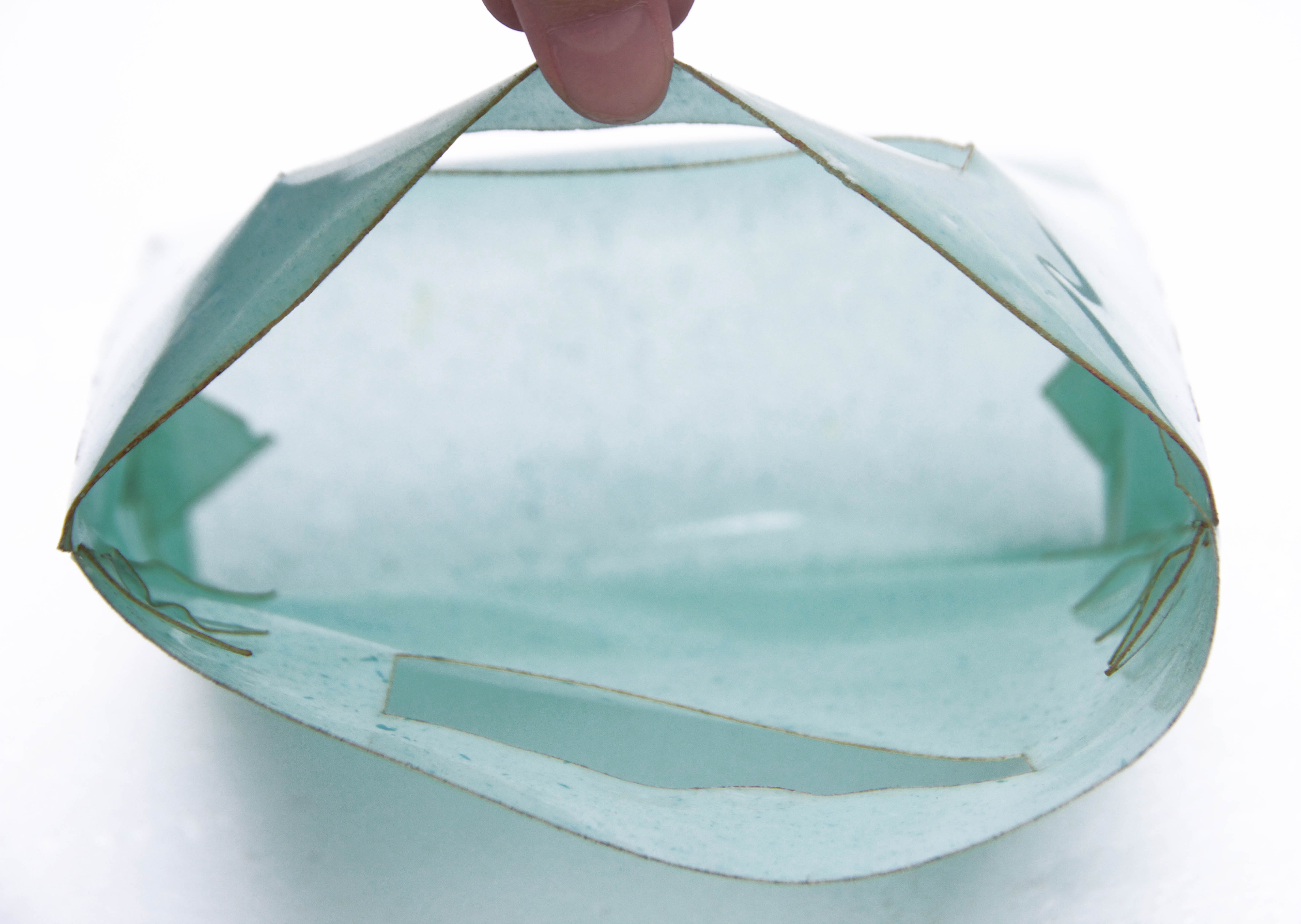
-> Print your bioplastic recipe
-> Learn more about bioplastic
-> Buy a BioBag at Lottozero shop online







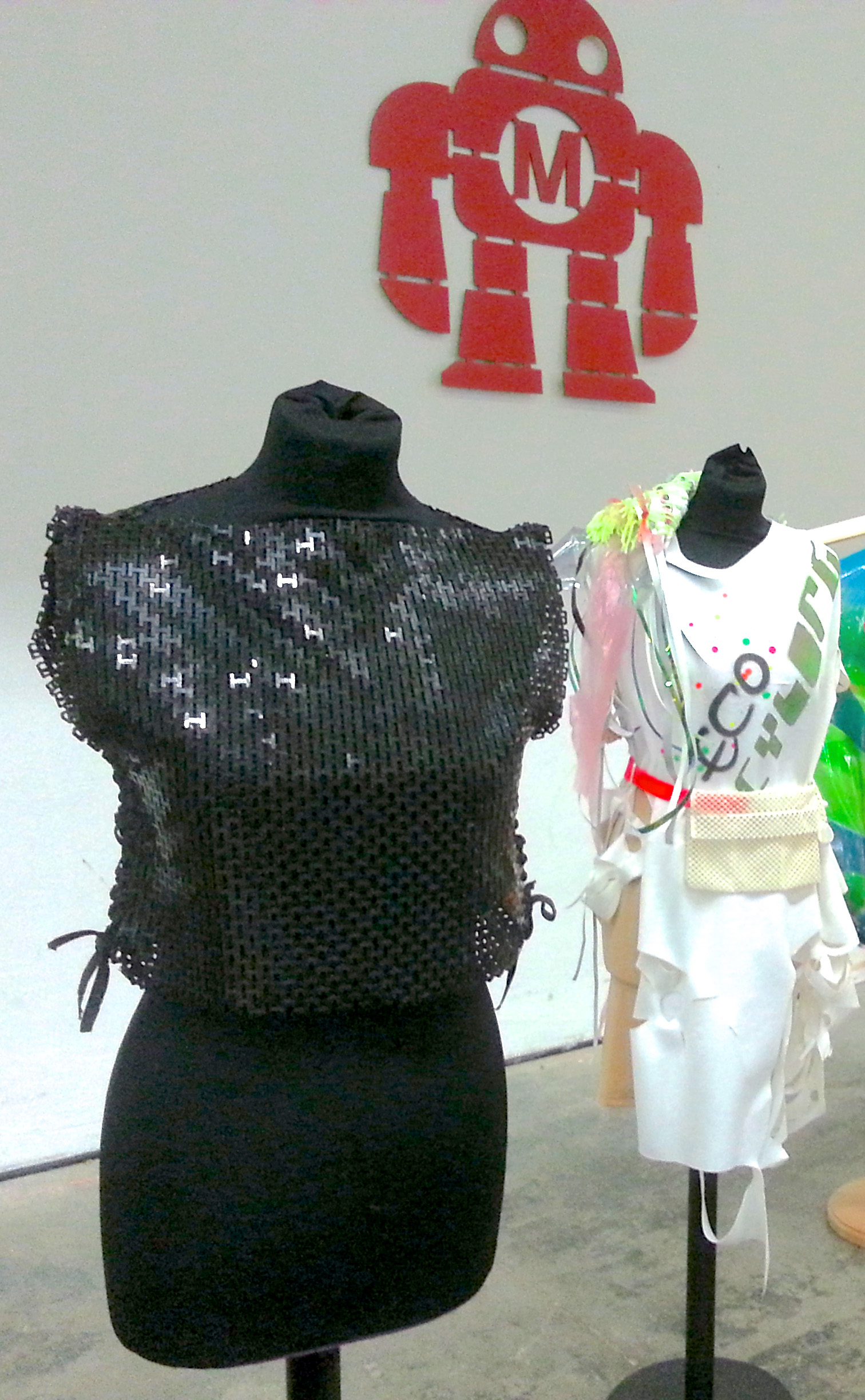







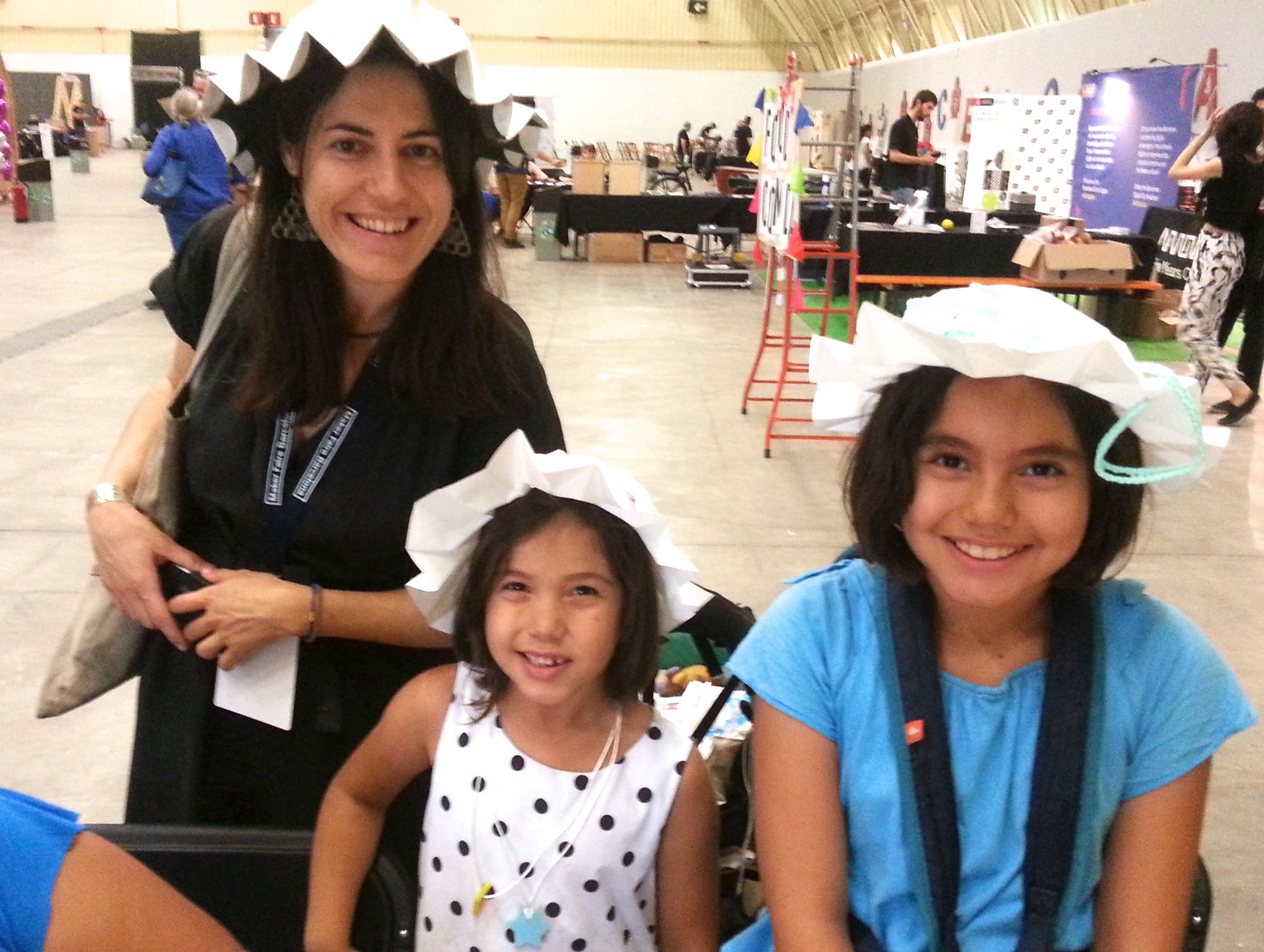
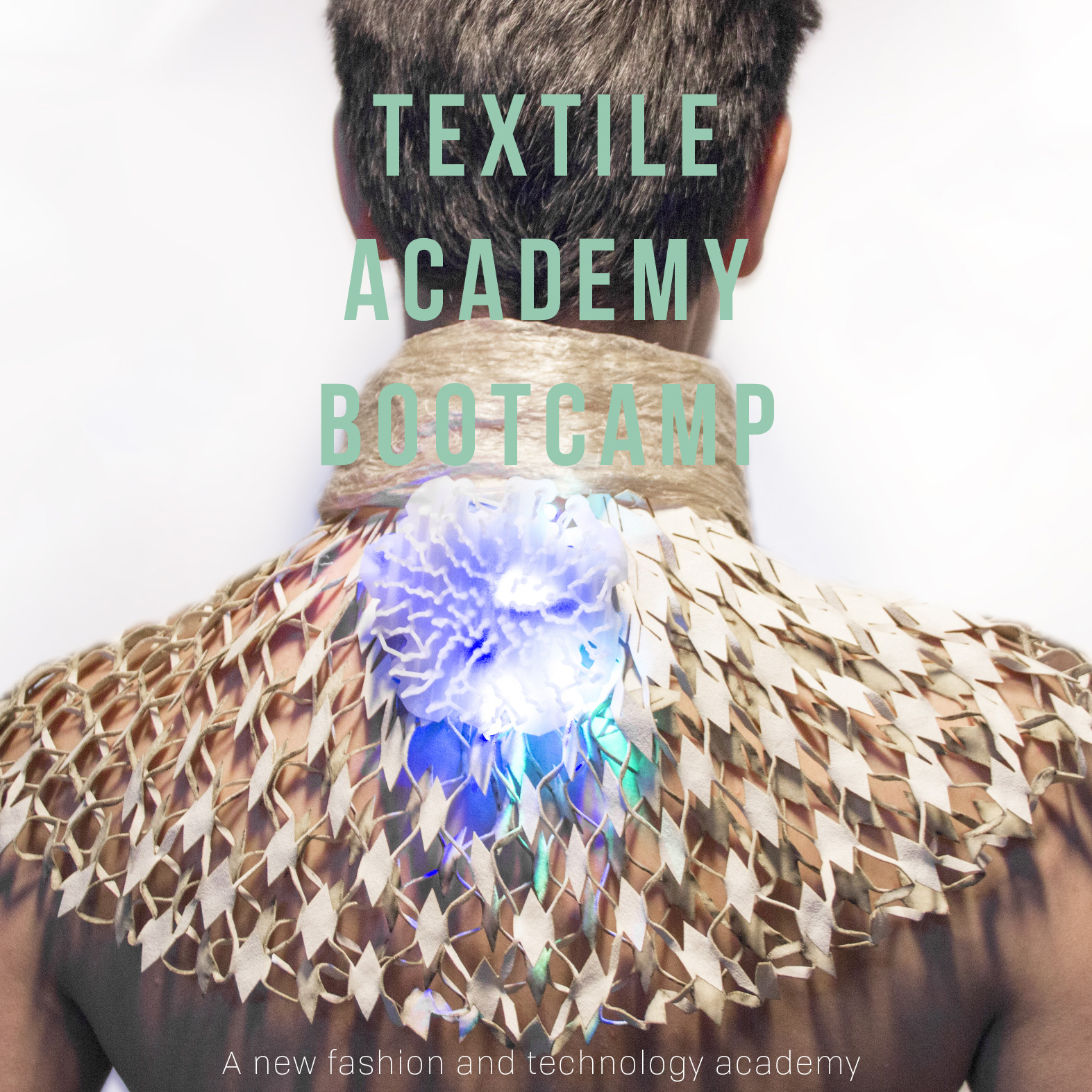
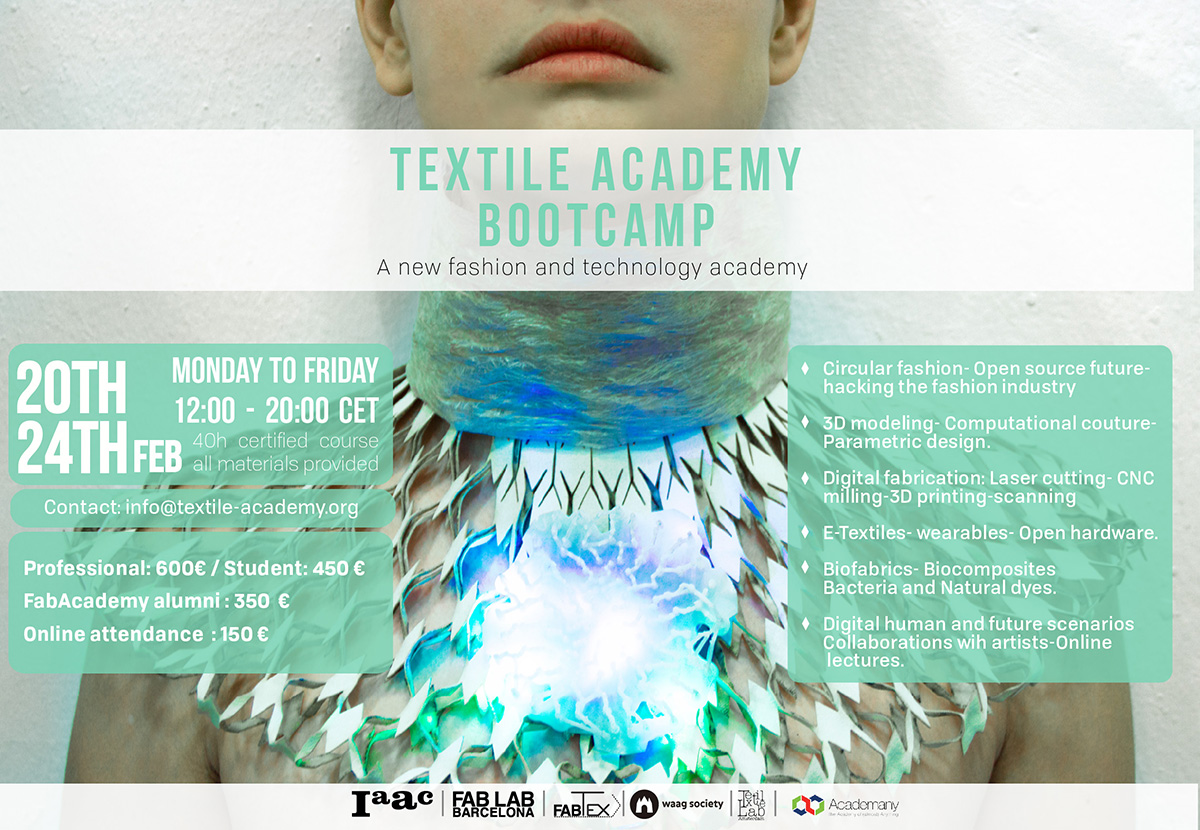


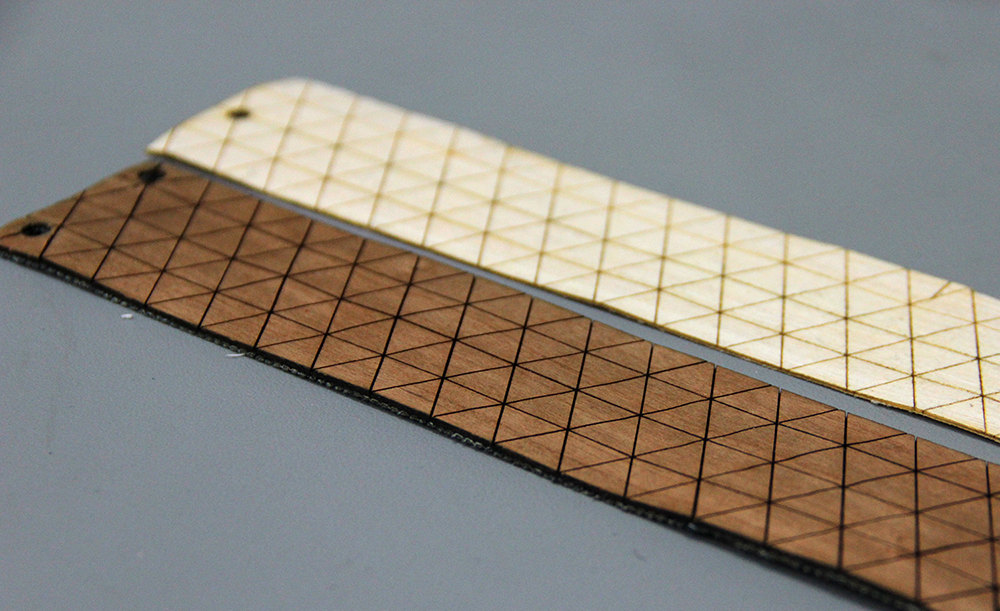









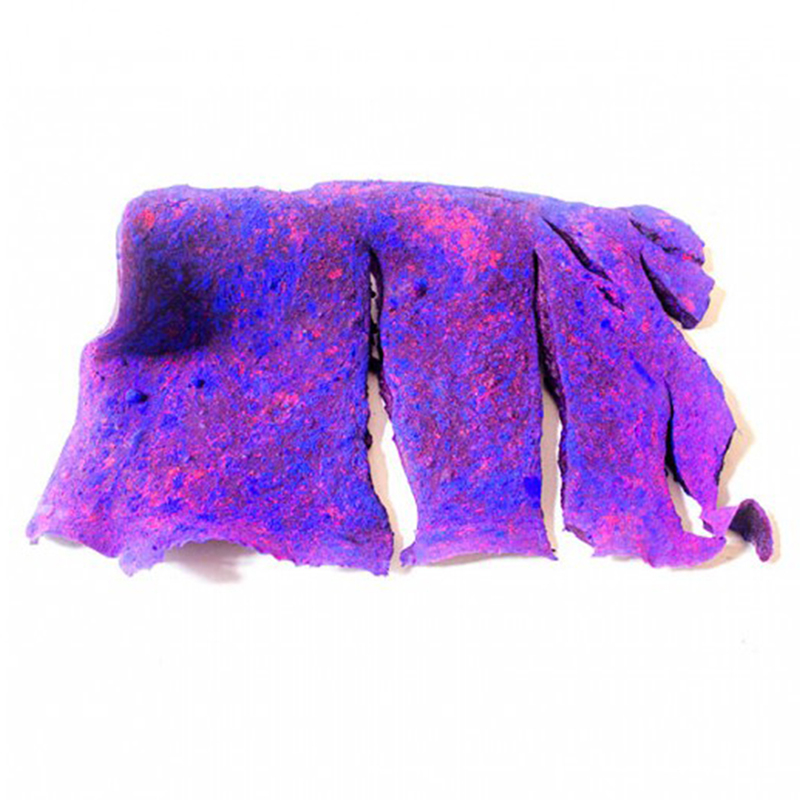



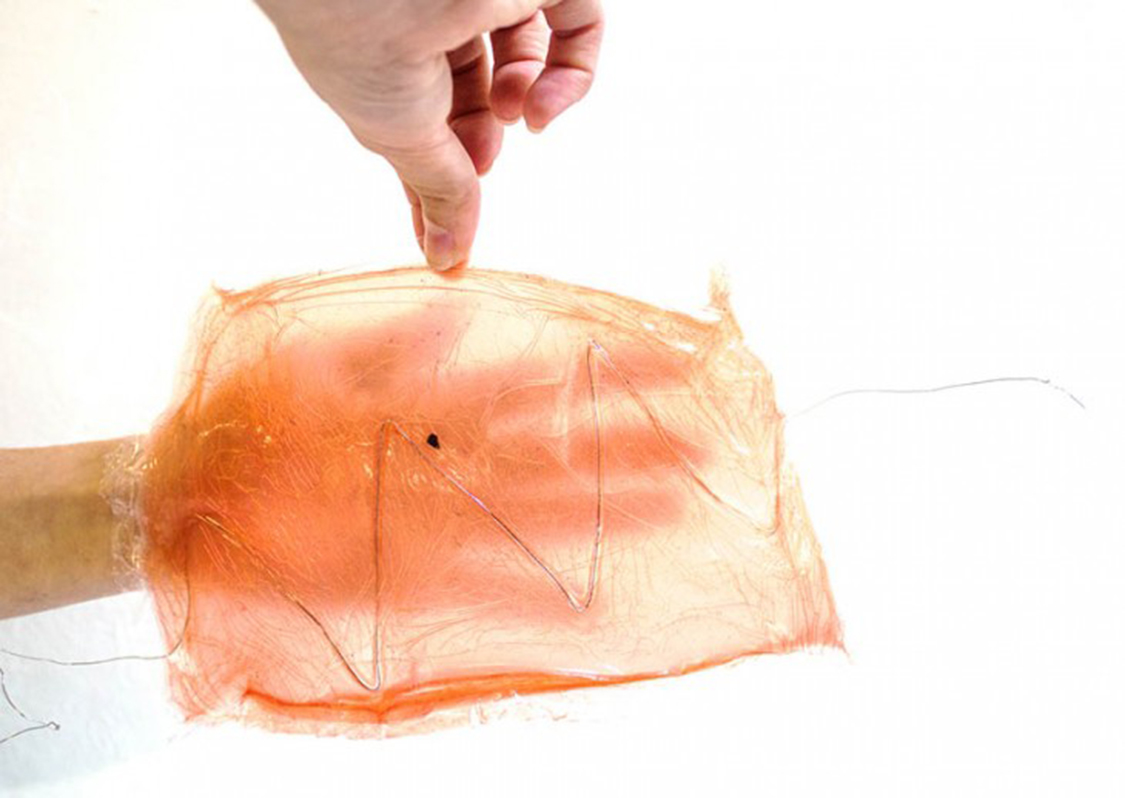
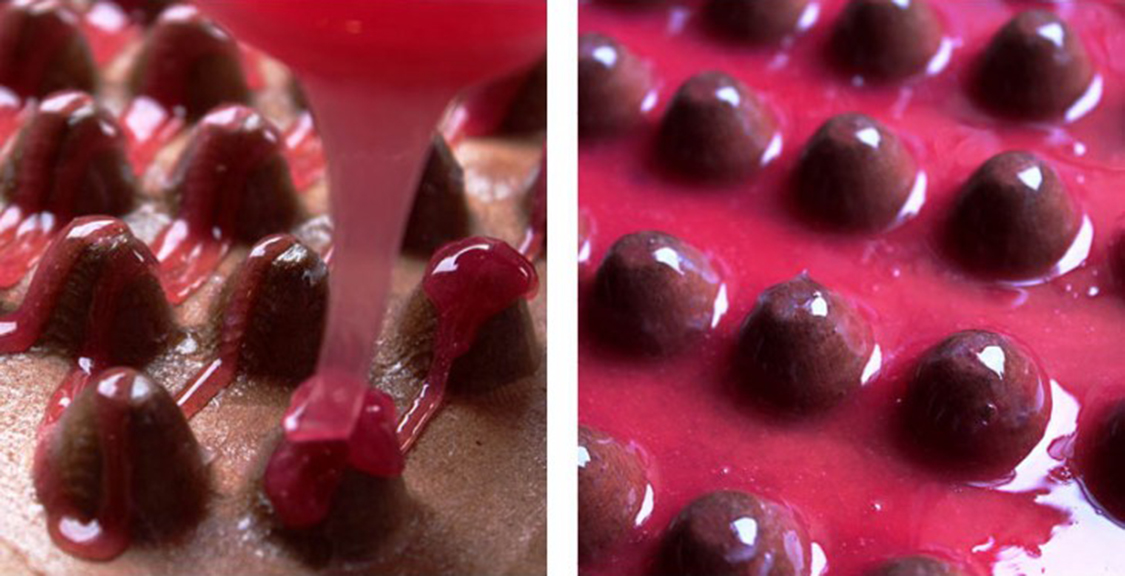
![5_BIO[lum]SKIN](http://fabtextiles.org/wp-content/uploads/2016/05/5_BIOlumSKIN.jpg)
